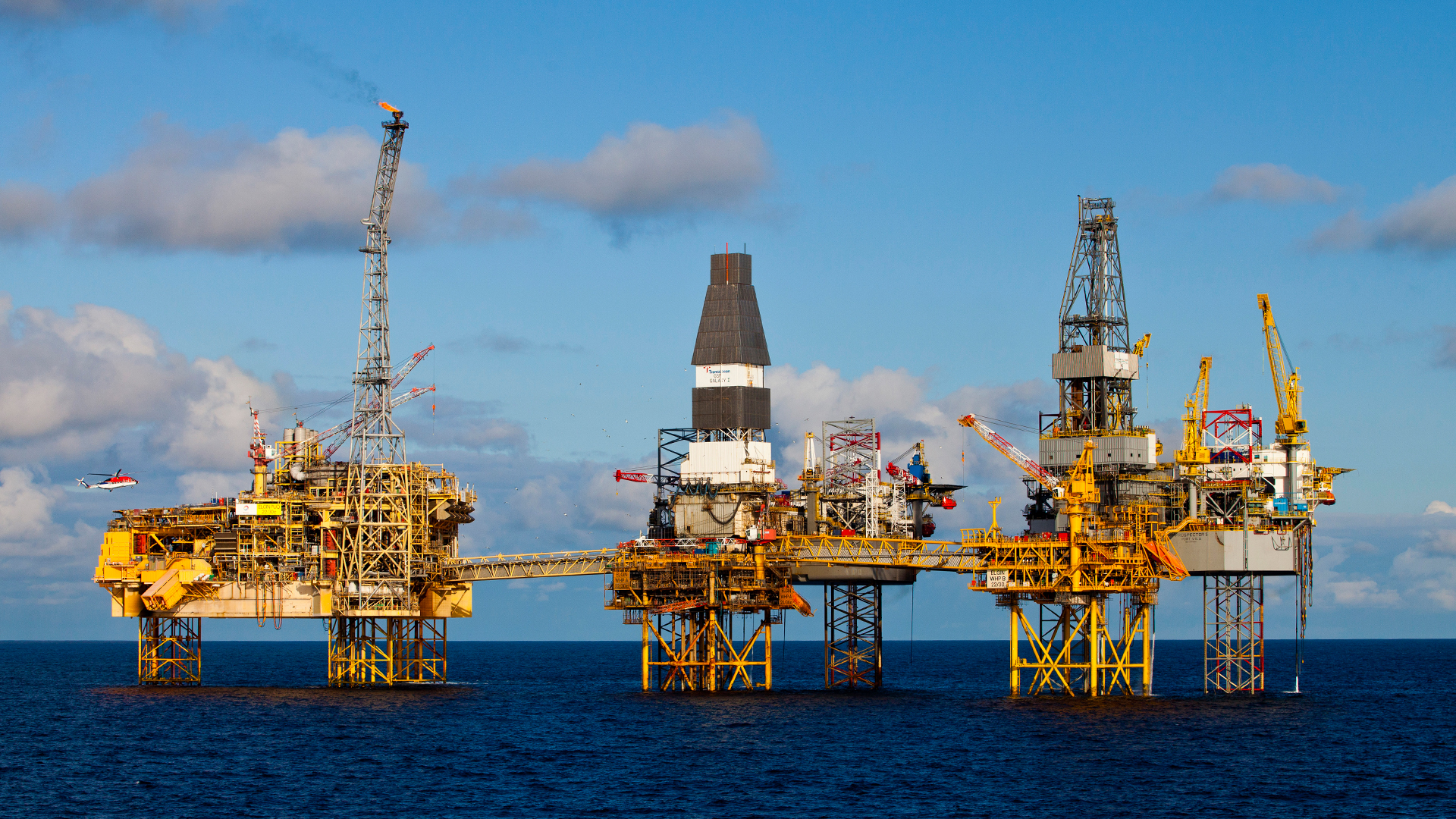WHAT DOES EXTRACTION OF OIL AND GAS MEAN?
Oil and Gas Extraction is the exploration and production of petroleum and natural gas from wells. The extraction of petroleum is the process by which usable petroleum is drawn out from beneath the earth’s surface location. whilst natural gas can also be found beneath the ocean or the lands, close to the Earth’s surface or deep below the crust. It can be trapped alone or with oil, as we drill deeper, the possibility of finding natural gas instead of oil is getting bigger.
HOW ARE OIL AND GAS FORMED?
Oil and natural gas are formed from decaying plant and animal remains that became buried within layers of the earth and subjected to heat and pressure over millions of years. These two types of fossil fuels have been the world’s primary sources of energy for decades.
Everyone knows that the extraction of oil and fossil fuels is crucial to the operation of the modern world. But not many people know how those extractions take place. It’s a fascinating and technologically advanced process.
Petroleum, Latin for ‘rock oil’, is the collective name for oil and natural gas. These are both fossil fuels, which means they consist of hundreds of different hydrocarbon molecules. They exist either in a liquid form (crude oil) or as a vapour (natural gas).
The formation of both types of petroleum dates back to hundreds of millions of years ago. The remains of prehistoric plants and animals settled into the sea are mixed with sand, silt, and rocks. Over time, layer-upon-layer of rock and sediment piled up in rivers, along coastlines and on the sea bottom. This prevents the plant and animal remains from getting air, meaning they could not rot away. As the layers build up, the pressure and temperature on the lower layers increase. This turns the mud, sand, and silt into source rock while turning the trapped organic matter into petroleum.
In simplified terms, whether the process formed oil or natural gas depends on the heat present. The more heat, the lighter the oil. This culminates in the formation of natural gas in areas where there were vast amounts of heat, and the organisms were mainly plants.
WHERE DO THE OIL AND GAS GO NEXT?
In the beginning, the petroleum exists inside its source rock formation. However, over millions of years, it tends to move gradually towards the Earth’s surface through tiny, connected spaces known as pores.
How far the petroleum makes it in this stage is dependent on the permeability of the rock it encounters. Some of the hydrocarbons will make it all the way to the Earth’s surface, where they will seep out. The vast majority will get trapped by non-porous ‘tight’ rock or another barrier.
As Oil & Gas builds up at these barriers over time, the area becomes known as a ‘trap’ or a ‘reservoir’. Despite the misleading terminology, these are not underground lakes of oil and gas. They are vast quantities of porous and non-porous rocks holding oil and gas in their pore space. The process is not too different to the way a sponge soaks up water. These reservoirs and traps sit hundreds or thousands of feet beneath the surface both onshore and offshore.




